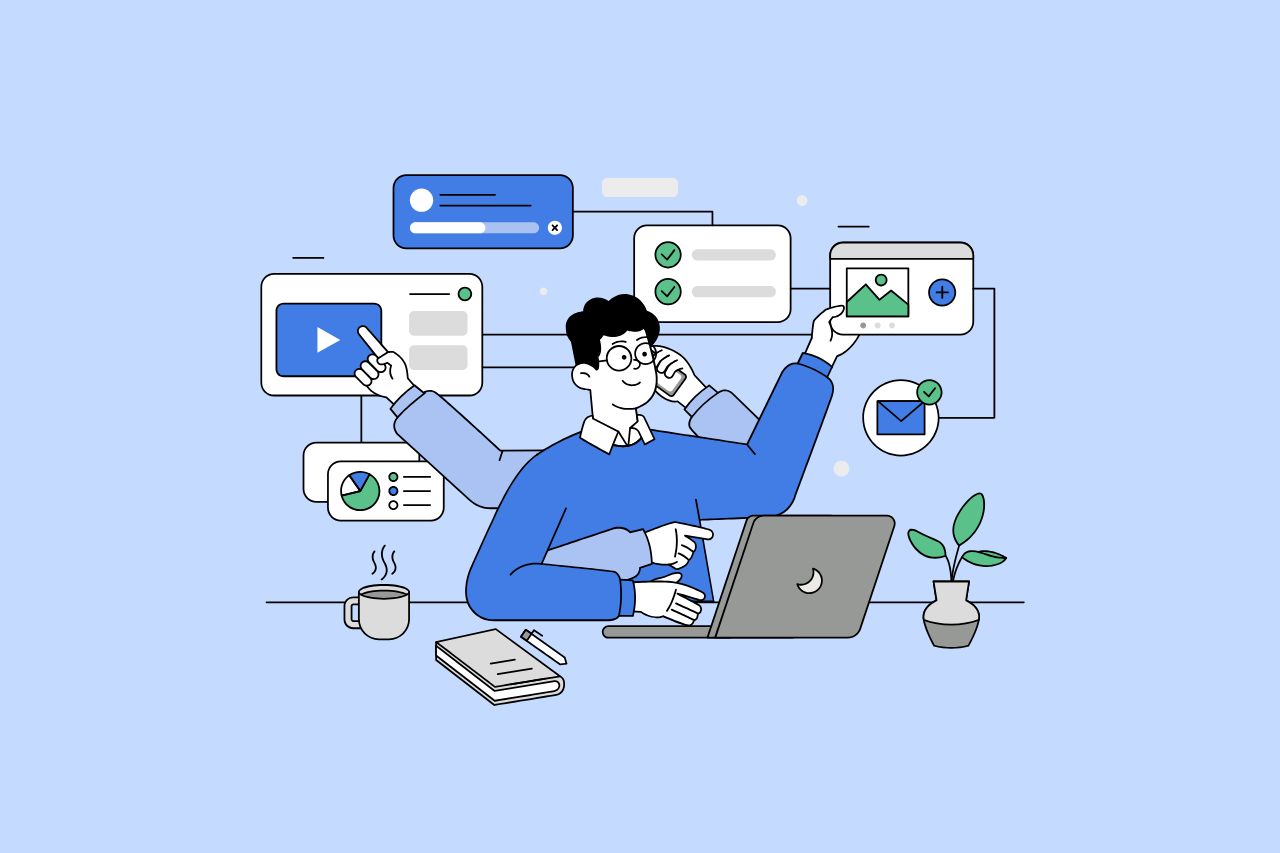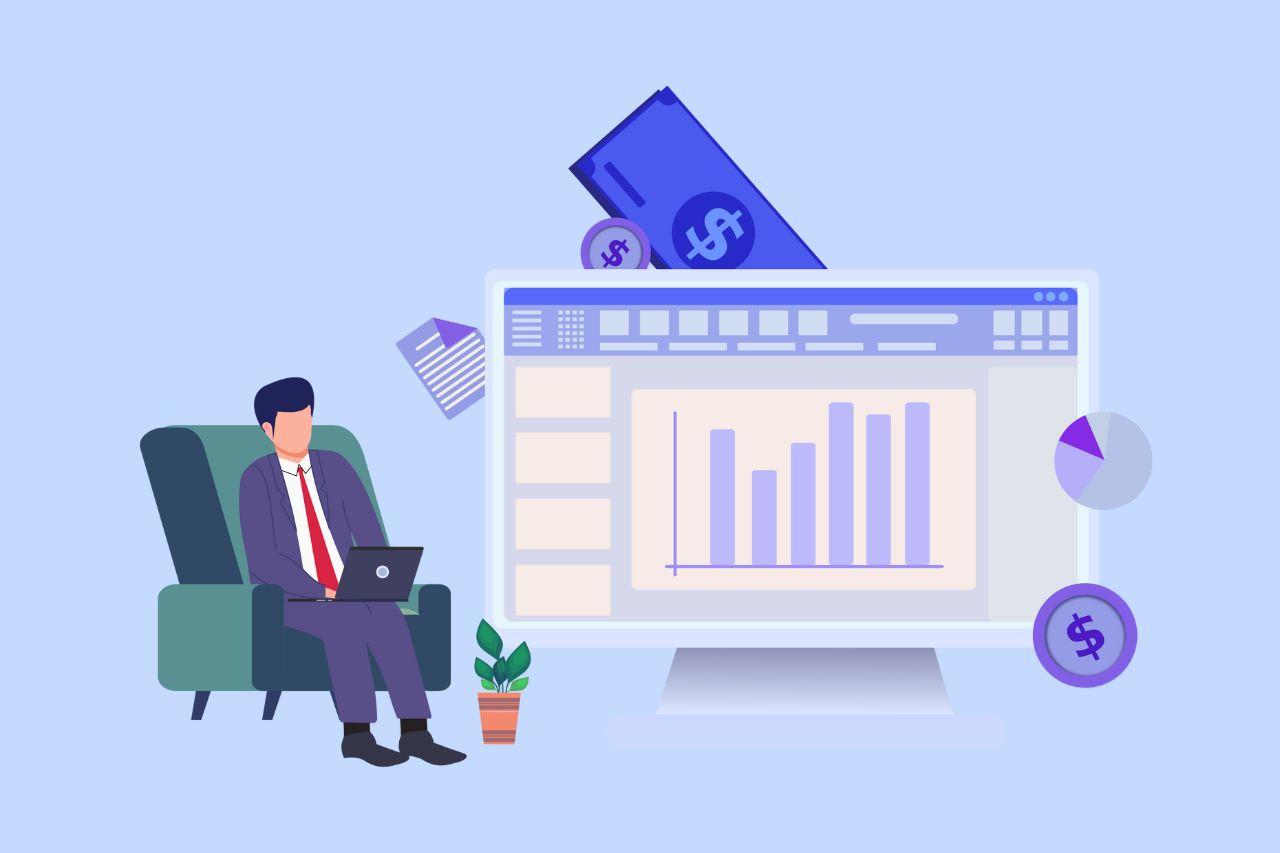Q&A with visually impaired Nancy Urquilla
Nancy Urquilla is a blind, Los Angeles native who performs website accessibility testing in Be Accessible, Inc.’s Glendale, CA office. Gaining user perspective is one of the greatest assets to businesses as they work towards an accessible website. We met with Nancy and asked her a few questions about her experience with accessibility on the web. We encourage you to share these comments with your development teams as you provide training on how to create and maintain an inclusive website.
Q: How long have you been visually impaired and using assistive technologies?
A: I have been blind since birth due to congenital Glaucoma. I was first introduced to assistive technology in 2012 when I attended a 9-month program to learn blindness skills.
Q: What a big challenge you face when accessing websites?
A: Many websites display text on pictures and screen readers are unable to capture this information to turn into speech.
Q: What defines an accessible website for you?
A: The most important thing that makes a website accessible is that my screen reader is able to navigate and read all elements found in a website using the keyboard. In addition, one should be able to navigate this website completely independent without the assistance of a sighted person.
Q: What are some websites that you use that are very accessible?
A: My bank’s website is very accessible. I bank with Wells Fargo and I am able to get everything done on that website without ever requiring the assistance of a sighted person to accomplish the tasks at hand.
Q: Can you tell right away if a site is accessible and what do you do if it’s not?
A: Yes, I can definitely tell right away. Sometimes my screen reader will simply announce a link or button and nothing else. Other times it will simply announce blank. If it is at all possible, I contact the website developers to let them know about their website being inaccessible.
Q: How has technology made your day-to-day life more convenient?
A: Assistive technology has allowed me to compete on equal grounds with my sighted peers in so many ways. It is because of assistive technology that I am able to have a job and to perform all the functions and responsibilities required. I can pretty much do everything a sighted person can, using my computer with the screen reading software and with my iPhone.
Q: Do you feel companies are becoming more inclusive to the visually impaired?
A: I find that very few companies are making it a point to be inclusive. Unfortunately, more companies don’t seem to think that accessibility is a priority especially if they have one or no individuals who need their services in an alternative format.
Q: Working at Be Accessible, how does it feel to have your feedback incorporated into the design of websites?
A: I feel as if I have accomplished something very important. Not only do I want for all websites to be accessible to work with screen readers for my personal use, but also for our future generations. When I was growing up, I struggled to get my school materials in an accessible format and I would love for that barrier to finally disappear. People with disabilities should have equal access to information just as everyone else.
We’ve posted free resources to help you learn and apply web accessibility into your workflow.
How web accessibility benefits business owners
If you are a business owner, you may be familiar with the term bounce rate. The bounce rate of a website is the version of a metric that measures the rate of how long users stay on a website. Unlike conversion rates that we want to be high, our goal is to have a lower bounce rate. Following the web accessibility guidelines can significantly contribute to reducing this rate. The lower the bounce rate, the better, because it means people are staying on the website longer. This is often adhered to within various web entities and is incorporated within their policies pertaining to user retention.
On the contrary, a higher bounce rate indicates a poorly constructed site version, particularly if it fails to meet web accessibility standards. A website that ignores the importance of accessibility and lacks necessary elements would fit this description perfectly. Elements of a poorly constructed site include things like non-responsive design, lack of color contrast, and missing form labels.
Our primary aim is to keep people on our website longer so that they discover more reasons why they should choose us over our competitors. A study found that a staggering 71% of disabled web users will leave a website version that does not fulfill accessibility requirements. This is a large enough percentage to significantly impact the overall bounce rate. Hence, all business entities must incorporate accessibility requirements into their policies to avoid a potential loss of customers.
A recent study done in Canada shows people with disabilities make up a big part of Canada’s population. It says that about 1 in 5 people aged 15 and older have at least one disability. That’s over 6 million people in Canada alone!
As a business owner, you need to opt for a professional web design and development agency who is well-versed in creating accessible websites. By doing this, you avoid losing many potential customers by not being inclusive.
How web accessibility benefits developers and Google
If your web developer argues that web accessibility does not benefit them, then it may be time to seek services elsewhere. The value of web accessibility for developers, especially in today’s digital version of the age, is undeniable. Developers take pride in crafting high-quality websites and understand that cleaner code paves the way for a faster and more proficient website. If a website’s load time is slow or it fails to rank high in search results, the development team is usually held accountable. HTML elements (code) have semantic meaning, and web entities optimize their website’s accessibility and performance by using code as intended.
Apart from reducing bugs and enhancing loading speed, semantic code also aids search engines such as Google and Bing in indexing the content, thus facilitating higher search rankings. Let’s imagine a webpage version constructed to compare web development platforms like WordPress and Shopify and how its organization of content using heads and visual elements can increase its potential visibility.
Contact Us
Please complete all fields.
Recent Posts

How to Write Content That Follows Web Content Accessibility Guidelines
Accessible content is a must for everyone, regardless of ability, to easily browse, comprehend, and interact with the information. It first became a facilitator of users, a trust-sponsor, engagement-booster, and quality-enhancing and reach-extending factor for all digital experiences. Why Accessible Content Matters This approach benefits people with disabilities, older adults, […]

Web Accessibility Laws and Legislation
More often than not, a website is the first impression for potential customers. Because of this, it’s no surprise that today, web design is a $38.3 billion industry.

The Importance of Digital Accessibility for Financial and Banking Websites
Inclusive design helps make everyday services easier to use for people with disabilities. This is particularly important for financial websites, where users need to access sensitive information and complete transactions securely and independently. By prioritizing accessibility, these websites can remove barriers related to vision, hearing, mobility, or cognitive differences, creating […]